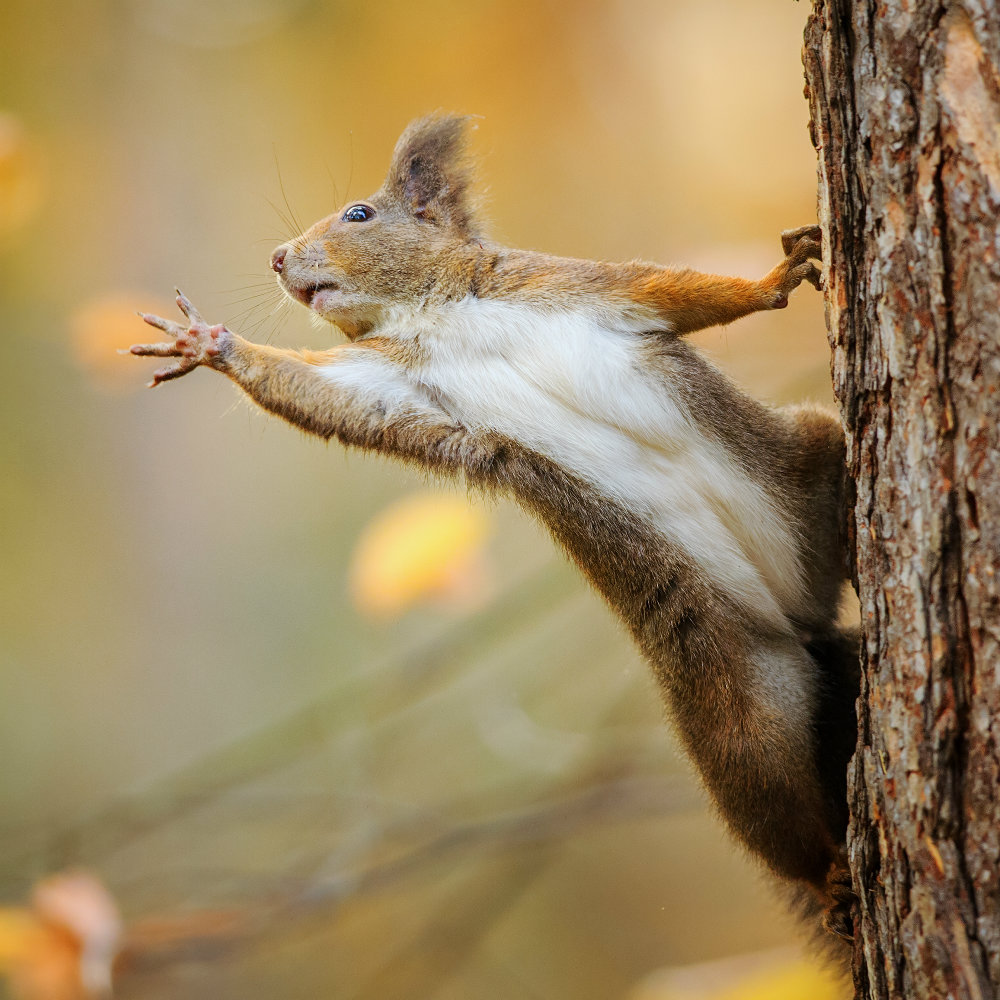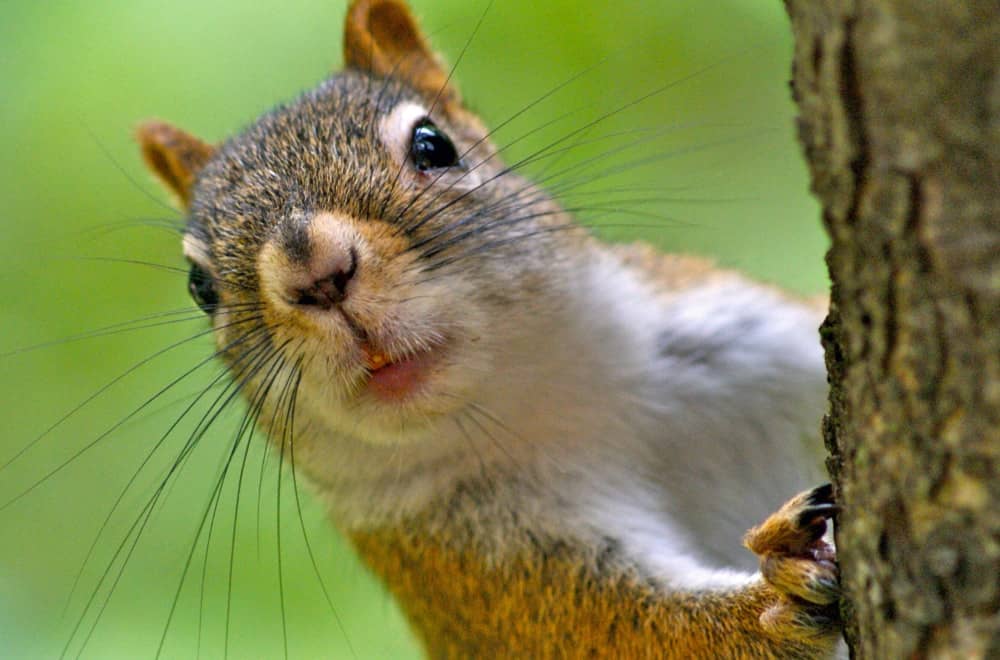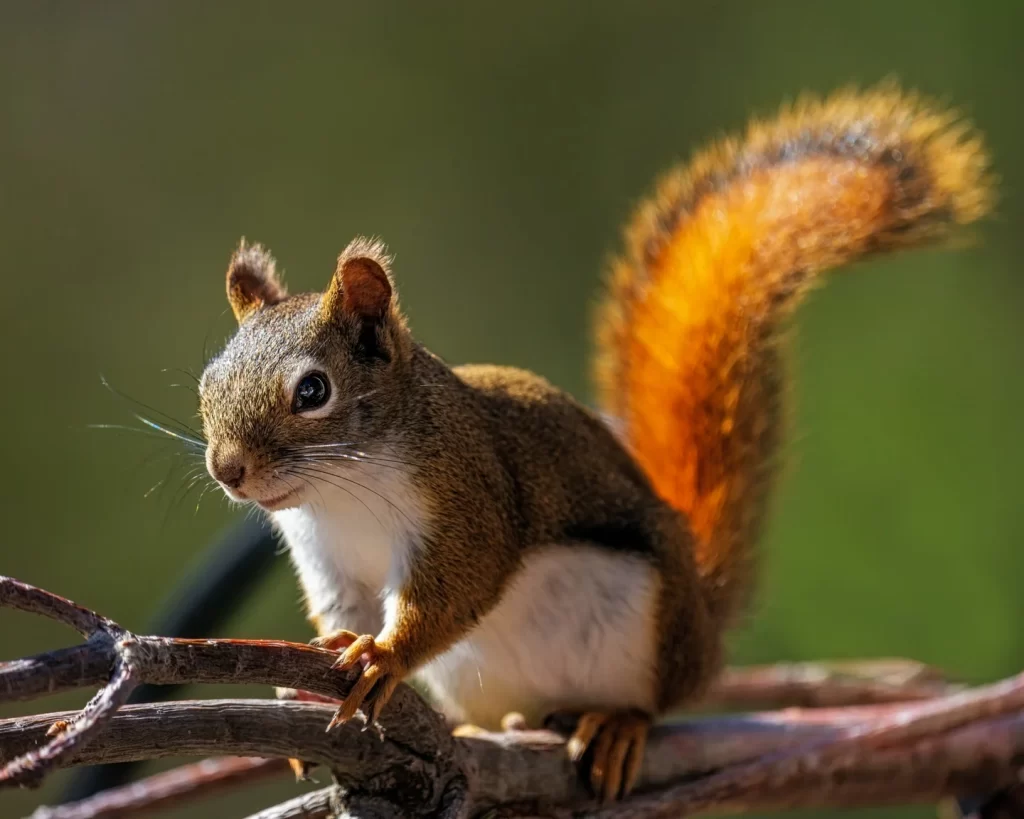Squirrels are fascinating little creatures that are known for their playful nature and acrobatic abilities. They are also known for their destructive tendencies when it comes to gardens, bird feeders, and homes. If you are looking to relocate squirrels from your property, it is important to do so in a safe and humane manner. In this article, we will discuss the steps you can take to relocate squirrels from your property without causing them harm.

Why Relocate Squirrels?
Before we discuss how to safely relocate squirrels, it is important to understand why you might want to do so. Squirrels can cause damage to your property in a number of ways, including:
- Digging up gardens and flower beds
- Chewing through wood, wires, and insulation in homes and other buildings
- Stealing birdseed from bird feeders
- Creating nests in attics and other areas of homes and buildings
- If you are experiencing any of these issues, you may want to consider relocating squirrels from your property. However, it is important to remember that squirrels play a vital role in the ecosystem and should only be relocated as a last resort.
Preparation for Relocation
Before you begin the process of relocating squirrels, it is important to take some time to prepare. Here are the steps you should take:
- Research the laws in your area regarding squirrel relocation. Some states have regulations regarding the relocation of wildlife and may require permits or the assistance of a licensed professional.
- Identify the location where the squirrels will be relocated. This should be an area far enough away from your property that the squirrels will not be able to return.
- Assemble the necessary supplies, including a live trap, gloves, and a thick blanket or tarp to cover the trap once the squirrel is caught.
- Set up the live trap in an area where you have noticed squirrel activity, such as near a bird feeder or in a garden bed.
Capturing the Squirrels
Once you have prepared for the relocation of the squirrels, it is time to begin the process of capturing them. Here are the steps you should take:
- Set the live trap in an area where you have noticed squirrel activity and bait it with something that the squirrels are likely to eat, such as peanut butter or sunflower seeds.
- Check the trap regularly, at least once a day, to see if you have caught a squirrel.
- When you have caught a squirrel, put on gloves to protect your hands and carefully cover the trap with the blanket or tarp. This will help to keep the squirrel calm and prevent it from injuring itself while being transported.
- Transport the trap and squirrel to the location where you will be releasing it. Be sure to release the squirrel as far away from your property as possible, and in an area where it is likely to be able to find food and shelter.

Safety Tips
When relocating squirrels, it is important to take certain safety precautions to protect both yourself and the squirrels. Here are some tips to keep in mind:
Always wear gloves when handling squirrels, as they can carry diseases such as rabies.
Never attempt to handle a squirrel with your bare hands, as they can bite and scratch.
Use caution when releasing squirrels, as they may be disoriented and frightened. Never approach a released squirrel too closely, as it may try to attack.
Ensure that the area where you release the squirrel is safe and free from predators, such as cats and dogs.

Relocating squirrels from your property can be a safe and humane process if done correctly. By following these steps and taking the necessary precautions, you can successfully relocate squirrels without causing them harm. Remember to research the laws in your area and to always prioritize the safety of both yourself and the squirrels.